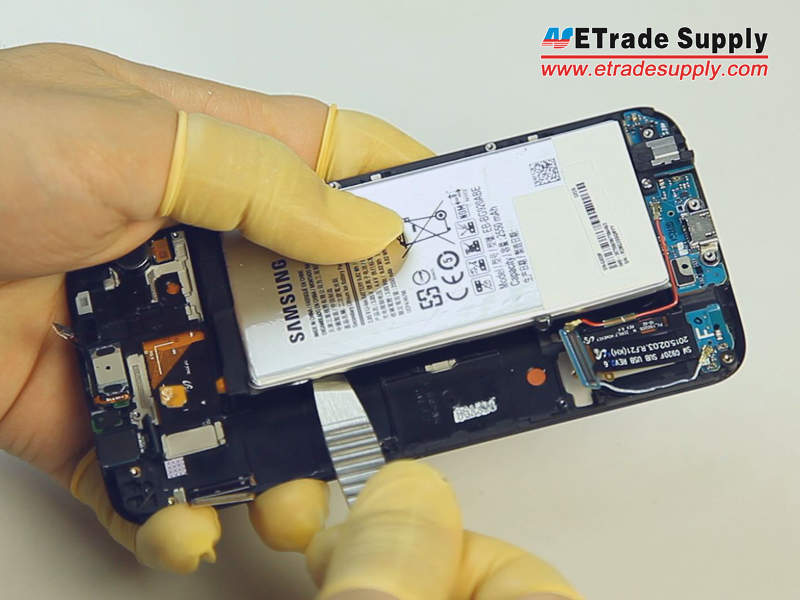
The minimum brightness we measured at point white is a mere 1.8 nit! Display test The display should be capable of even higher peak brightness when showing HDR conten. These are some good numbers of an OLED, and you will have no problem seeing it even on the brightest of days. If you enable Adaptive Brightness and the Edge 20 is exposed to bright light, its screen can go as high as 650 nits. Our measurements show the screen maxes out at 466 nits when brightness is adjusted manually. Naturally, the screen has wide-gamut color support and fully covers DCI-P3 space.Īnd now, here come our findings of the Edge 20 display. The touch panel is sensing with a 576Hz sampling rate, making for unbelievably low touch lag and excellent responsiveness when it comes to gaming. This option is static, though there is a dynamic 120Hz setting in addition to the standard 60Hz option. The Edge 20 display supports up to 144Hz refresh rate. This seems to be down to a compatibility issue, and we hope Motorola and the streaming services sort this out quickly. There is also HDR10 and HDR10+ support, as well as Widevine L1 DRM.įor now, only YouTube plays HDR10, Netflix does SDR 1080p, while Prime is limited to 480p. The 10-bit color support for the OLED screen means it can display up to 1 billion colors - that's still a rarity as most screens max out at 16 million.

The panel has a small punch-hole around the top, and it's covered by a Gorilla Glass 3 sheet. The only mainstream feature on this screen is its extended 1080p resolution. It's a premium panel with 10-bit color support, HDR10+ capabilities, 144Hz refresh rate and (reportedly) 576Hz touch sampling rate. The 6.7-inch OLED display is without a doubt the showstopper of the Motorola Edge 20.


 0 kommentar(er)
0 kommentar(er)
